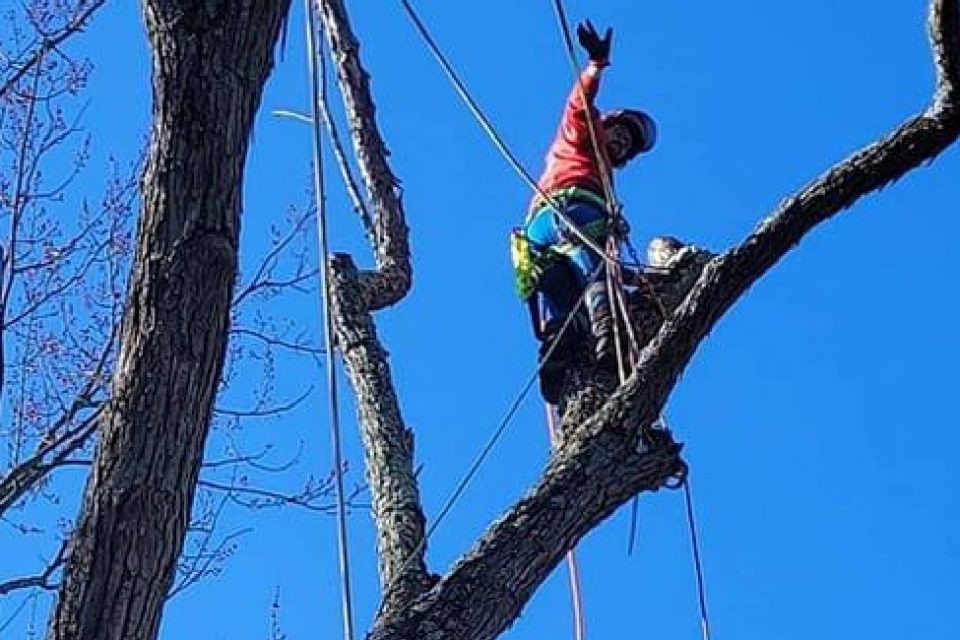Three Ways Winter Weather Can Wreak Havoc on Your Kalamazoo Trees
Snow and Ice
The weight of snow and ice on tree branches and limbs can cause them to bend or break. Hardwood trees such as maples or elm which are common in Kalamazoo, can sustain serious damage during ice storms. This damage is compounded if the show or ice is removed improperly. Gently removing heavy snow from limbs and branches is extremely important – do not wait until it freezes. If you’re tree has branches that are completely encased in ice, do not try to remove the ice, just let it melt on its own.
Salt
Deicing salt is extremely common in Kalamazoo, but what many people don’t know is that it can actually damage your trees. Typically, the damage done to trees by salt are seen in the spring or the beginning of summer. The signs that your tree has been damaged by salt, include browning leaves (leaf burn), browning of evergreens, and dead branches as well as toot damage from salt in the soil. It’s important to choose tree species carefully for areas where deicing salt use is heavy.
Frost Cracks
Frost cracks are not too common of a problem in Kalamazoo, as temperatures below 15 degrees are usually necessary for it to happen. A frost crack is a vertical line in your tree’s trunk that can have varying depths. The cracks are caused by the exterior layer of wood contracting more quickly than the interior layer when there is a sudden drop in temperature. Once a frost crack happens, you are likely to see it come back each winter.
If you have winter damage to your trees, contact Seaben Tree Service in Kalamazoo to see what we can do to help. For more information about winter injury to trees, click here.



